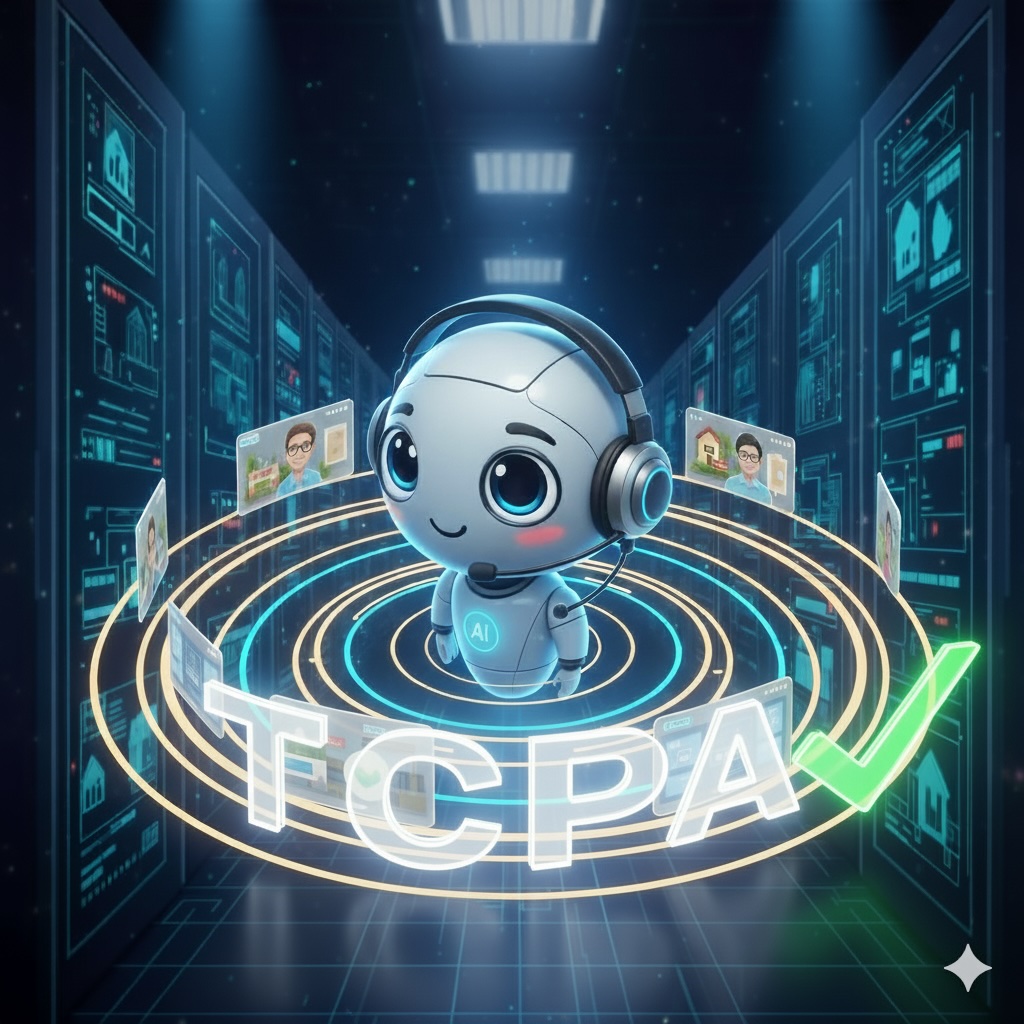Intro
Imagine you have a friend who always speaks with unwavering confidence, providing answers to any question you ask. However, despite their confident demeanor, they seldom verify their information, leading to occasional inaccuracies or misleading statements. Now, contrast this with another friend who, before answering, takes a moment to check their facts, ensuring that their responses are both accurate and reliable. This careful approach not only makes their answers trustworthy but also more insightful.
In the realm of artificial intelligence, this careful, fact-checking friend represents what Retrieval-Augmented Generation (RAG) aims to achieve.
{{cta}}
Understanding RAG: The Basics
So, RAG is basically a method that enhances AI responses by combining information retrieval with text generation. This approach allows AI to produce responses that are not only fluent and coherent but also grounded in the most relevant and accurate information available. By leveraging the strengths of both retrieval and generation, RAG ensures that the responses are comprehensive and contextually appropriate.
Though, not all chatbots or conversational agents work this way. There are several more types of chatbots, each with different methods of generating responses:
Rule-Based Chatbots:
These chatbots follow predefined rules and scripts to respond to user queries. They are limited to the scenarios they are programmed for and cannot handle unexpected questions or complex interactions.
Retrieval-Based Chatbots:
These chatbots search a database of predefined responses to find the most relevant answer to a user's query. They rely on matching the query with existing responses and do not generate new text.
Generative Chatbots:
These chatbots use machine learning models to generate responses from scratch based on the input query. They do not rely on a fixed database of responses but create new text each time. This approach can lead to more flexible and varied responses but may also produce inaccurate or irrelevant answers.
In other words, if you need to dive deeper into a topic, RAG is what you need. It ensures that the information is accurate and comprehensive. On the other hand, if you need a quick, instant answer, a Large Language Model (LLM) alone will provide the speed you require, even though it might sometimes sacrifice depth and precision for immediacy.
How RAG Works: The Open/Closed Book Approach
To grasp the concept of Retrieval-Augmented Generation, let's break down its fundamental components and how they work together to create intelligent and contextually relevant responses.

- User Query Input: The process begins with a user inputting a query or question. For instance, if you were to ask, "What are the health benefits of green tea?"
- Retrieval System: The system searches a large database or knowledge base to find the most relevant information or documents related to the query. In our example, the system would look for scientific studies, health articles, and reliable web sources that discuss the benefits of green tea. This retrieval is context-aware and access-control based, ensuring sensitive or restricted information is appropriately handled.
- Retrieved Information: The relevant data or documents are retrieved from the database using a multi-stage content ranking architecture. This architecture ranks the documents based on their relevance and importance, ensuring the most pertinent information is prioritized.
- Ingest & Adapt Content: The system can ingest and adapt any content to an LLM-optimized format, including web pages, PDFs, and tables. This ensures that the retrieved information is in a usable format for the generation model.
- Generation Model: The generation model uses the retrieved information to construct a coherent and contextually appropriate response. It synthesizes the data from various sources to provide a comprehensive answer. For example, "Green tea is known for its high antioxidant content, which can help reduce inflammation and lower the risk of chronic diseases. Studies have also shown that regular consumption of green tea can improve brain function and support weight loss efforts."
- Final Response Output: The generated response is provided to the user, ensuring both accuracy and relevance. The user receives a well-informed answer that combines multiple sources of data to present a thorough and accurate response.
This process illustrates the Open Book approach. It’s like a student during an exam with access to textbooks and notes, looking up information to ensure their answers are accurate and detailed.
In contrast, the Closed Book approach is like a student taking an exam relying solely on memory. For AI, this means using only the data it was trained on without consulting external sources. While quick, it might not always be as accurate or comprehensive. This approach can lead to confident but sometimes incorrect or outdated responses, much like relying on memory alone during a test.
RAG combines the best of both worlds. It dynamically pulls in relevant information (open book) and then synthesizes this data to generate accurate, detailed, and contextually appropriate responses. This ensures the AI provides both quick and reliable information, offering a balanced approach to answering queries.
Training and Accuracy: Knowing When to Say "I Don't Know"
Large Language Models are incredibly powerful and can generate human-like text. However, they have a tendency to "hallucinate," meaning they sometimes produce information that is incorrect or completely fabricated. This typically happens under a few conditions:
Incomplete Training Data: If the model hasn't been trained on sufficient information about a topic, it might make up details to fill the gaps.
Ambiguous Queries: When asked vague or complex questions, the model might generate plausible-sounding but incorrect answers because it tries to respond to everything confidently.
Outdated Information: The model may provide outdated information if it was trained on data that is no longer current.
Example of Hallucination: If you ask a traditional LLM, "What are the health benefits of a fictional fruit called 'blorb fruit'?" it might generate a detailed but entirely fictional response about its health benefits, despite 'blorb fruit' not existing at all.
Training a model to say "I don't know" is crucial for maintaining accuracy and trustworthiness. When the AI acknowledges its limitations, it builds trust, enhances accuracy, and improves reliability. By openly admitting when it doesn't know something, the AI demonstrates transparency and integrity, leading to a more dependable interaction experience.
Incorporating this honesty with RAG to supplement the AI's knowledge with accurate data significantly enhances the quality and reliability of responses. This combination ensures users get precise, trustworthy, and comprehensive answers, improving the overall interaction with AI systems.
The Benefits of RAG: Why You Should Care
RAG transforms AI interactions by allowing users to have dynamic conversations with vast data repositories. Imagine asking an AI for the latest medical research on a specific condition, and receiving a detailed, accurate summary drawn from the most recent studies. Or consider a student researching a historical event, who can access and synthesize information from multiple sources in seconds. In customer service, RAG can pull from extensive product manuals and support documents to provide precise solutions to user problems.
This innovation brings several key benefits:
Enhanced accuracy and relevance: By pulling the most up-to-date information from extensive databases. This means users get comprehensive and contextually precise answers, reducing the risk of misinformation.
Improved trust: Trust in AI is significantly improved as RAG-trained models can acknowledge their limitations. When an AI admits "I don't know," it builds user trust by being honest and reliable, avoiding the pitfalls of confidently giving false information.
Versatility across fields: Applicable across diverse fields like customer support, healthcare, and education. It supports informed decision-making by providing detailed and well-researched answers tailored to the user’s needs.
Reduced hallucinations: Ensuring that the responses are based on verified data. This clarity in communication helps users rely more on AI for accurate information.
Enhanced user experience: By making interactions more engaging and adaptive. The system continuously updates its knowledge base, staying current and capable of addressing a wide range of queries, leading to higher user satisfaction and trust in AI systems.
Conclusion
Retrieval-Augmented Generation revolutionizes AI by combining the strengths of information retrieval and text generation. This powerful hybrid approach ensures accurate, relevant, and trustworthy responses, making AI interactions more engaging and reliable. Whether you're seeking detailed information or making informed decisions, RAG enhances the overall user experience. Embrace the future of AI with RAG and enjoy precise, comprehensive answers that you can trust.







